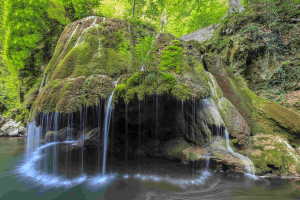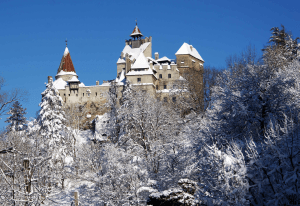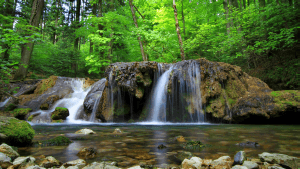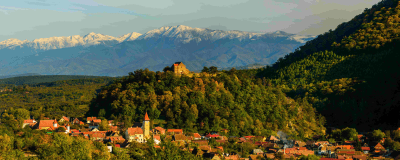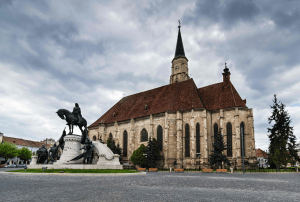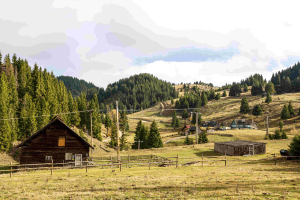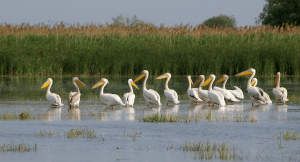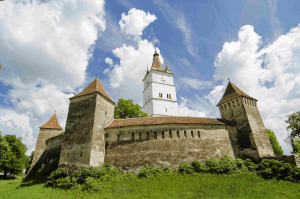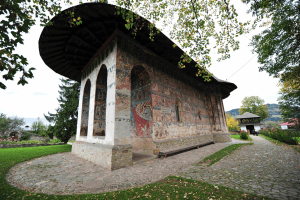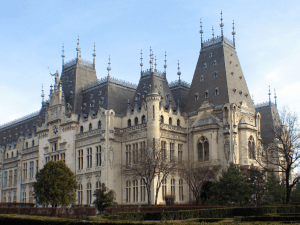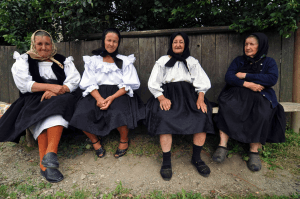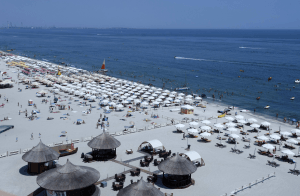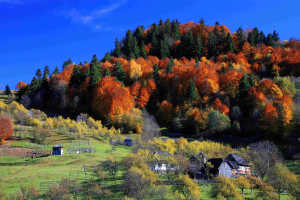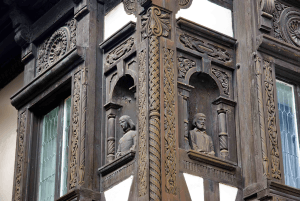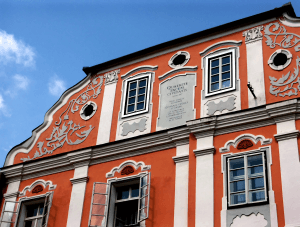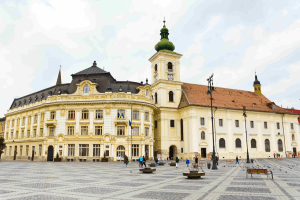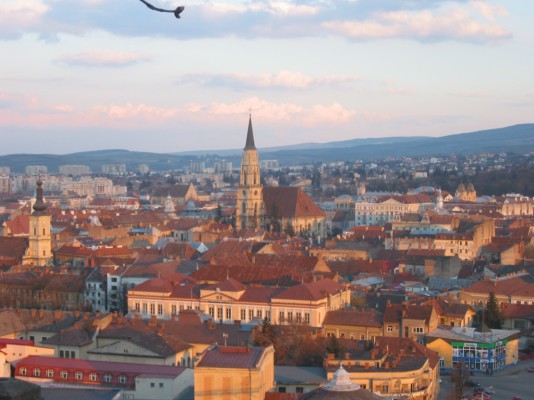Places of worship / Churches
Franciscan Church and Monastery
This complex is one of the oldest buildings in Cluj county and was erected between 1728 and 1745 on the site of an old church from 1272. The Gothic monastery was built with the support of Iancu de Hunedoara.
The Minorites’ Church (The Transfiguration Cathedral)
It was erected with the support of Queen Maria Theresa of Austria beginning with 1779, at the request of the Minorites’ order who were settled in Cluj since 1486.
Bob Church
Between 1800 and 1803 this church was erected by bishop Ioan Bob, without the consent of the authorities. This baroque edifice was built according to architect Joseph Leder’s plans, presenting a similar structure to the Holy Trinity Orthodox Church in Cluj (The Church on the Hill).
Calvaria Church
The foundation of this church is a roman monument, built at the end of the XIth century by the Benedictine monks. Allegedly, between 1470 and 1508 on this site there was a Gothic building. In 1820 the church was reconstructed, gaining its present shape and style.
St. Michael’s Church
The Church of St. Michael was built on the site of St. Jacob’s Chapel between 1350 and 1487 and it is one of the most valuable Gothic architectural monuments in Transylvania. The altar was constructed in 1390 and the tower in 1860. The murals were painted during the XVth century in Neo-Gothic style. The sculptures inside St. Michael’s church are well preserved.
Church of St. Peter and St. Paul
Built in 1416 in Neo-Gothic style this edifice is dedicated to the St. Peter and St. Paul.
Mănăştur Orthodox Church and Fortress
Above the Someşul Mic River remains of a wooden fortress built in the IXth century can be found. This fortress belonged to Gelou’s voivodeship and was destroyed in 1241 after the Tatar-Mongolian invasion.
The Protestant Church
Commissioned with the support of Matthias Corvinus, King of Hungary during the second half of the XVth century, this church was built for the Franciscan Minoritan monks. It is one of the most massive gothic buildings in Transylvania.
"Holy Trinity" Orthodox Church in Cluj ("The Church on the Hill")
This church was built between 1795 and 1796 with the support of Romanian merchants from Braşov.
The Orthodox Church in Vad
In the XVth century this Orthodox church was built by Stefan the Great and Petru Rareş.
 Authentic Romania
Authentic Romania Our Specials
Our Specials City Breaks
City Breaks





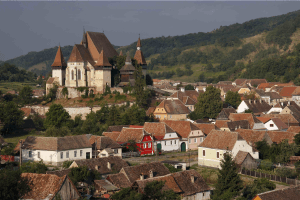
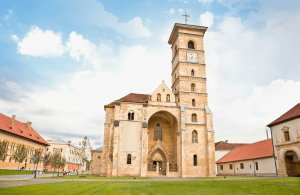
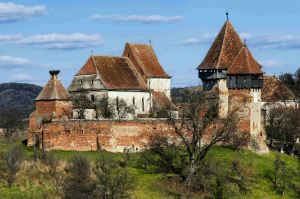
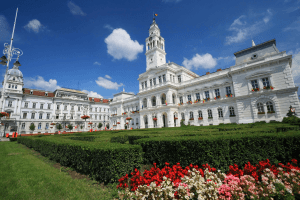
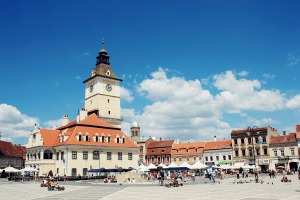
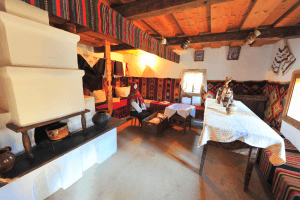
.png)
